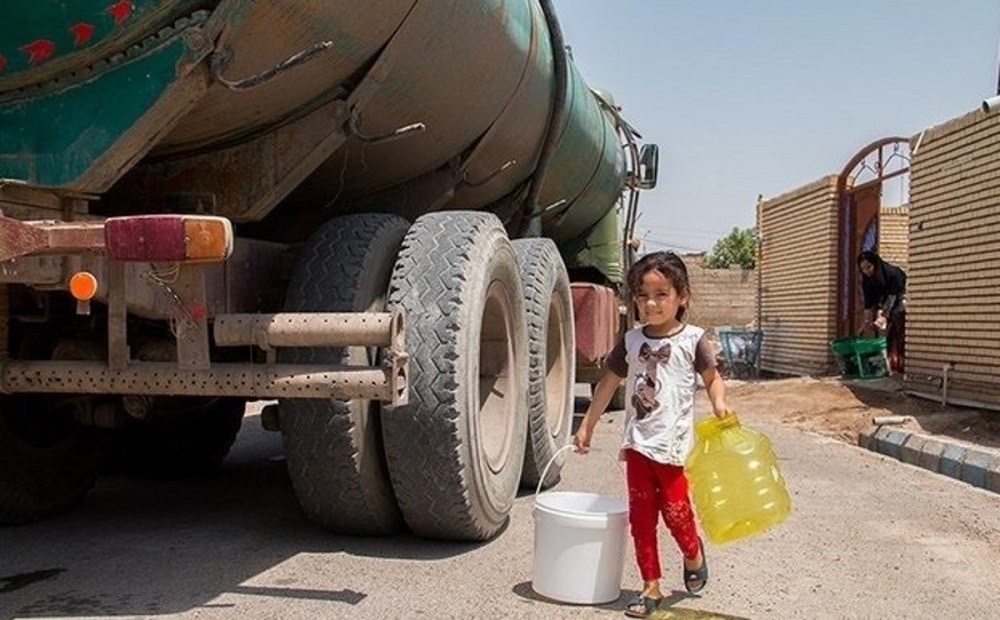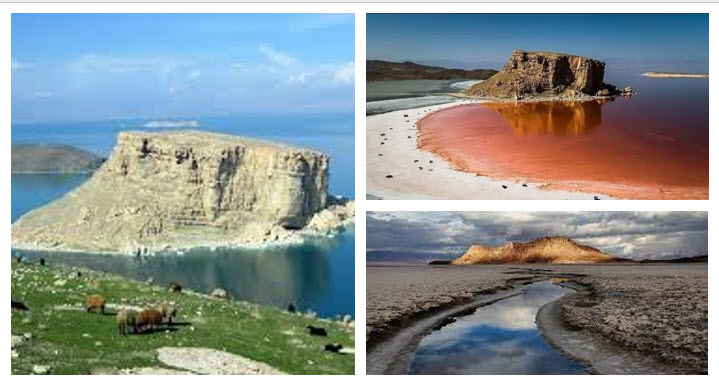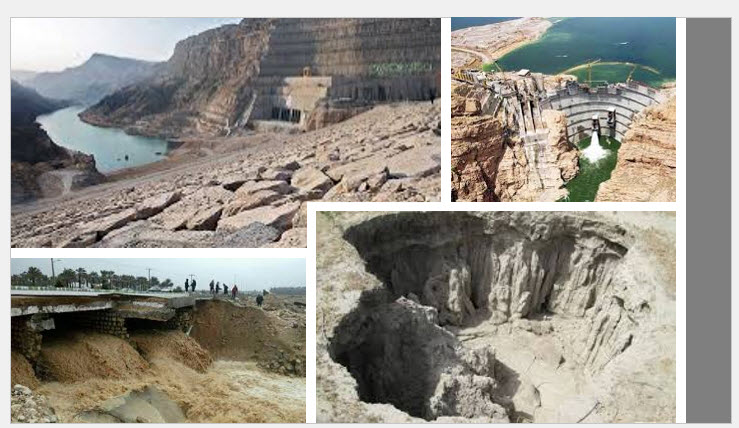
Locals protested the water shortage in Hamedan, western Iran, last week. Protests erupted a few days after regime security forces suppressed protesters in Shahr-e Kord, the capital city of Chaharmahal and Bakhtiari Province, following days of water-related protests.
Hamedan and Shahr-e Kord were once considered water-rich provinces, but in recent years, residents of these provinces have faced the most severe national water crisis.
Blaming invisible elements, sanctions, or “enemies” for all of the regime’s crises does not fool Iranians. Because of the dire situation, Iran’s tightly controlled state media has been forced to admit the regime’s failure to blame others.
“Officials ignore their responsibilities to Iranians by citing reasons such as sanctions, banking issues, fewer oil exports, and a decrease in government revenues.” However, officials forgot to help people five years ago, when there were no sanctions and their crippling effects,” the state-run Etemad daily wrote on August 27.
The water crisis in Shabestar, Shahr-e Kord, Hamedan, and Khuzestan has become intolerable. Long queues in the summer heat to buy a bottle of water for more than 30,000 Tomans is a disaster. Hamedan hospitals are facing a health crisis due to a lack of water.#Iran pic.twitter.com/OtIgojmVsU
— Maryam Rajavi (@Maryam_Rajavi) August 29, 2022
Etemad admits on a daily basis that Iran’s current water crisis could have been avoided nearly two decades ago. “According to water experts,” the paper admits, “the [regime’s] actions were primarily aimed at destroying and wasting underground water resources as the most valuable capital of this land.”
Water experts had warned the regime that “the drying up of dozens of Iran’s valuable wetlands, drying 95% of Lake Urmia due to excessive use of aquifers, mismanagement in changing the cultivation pattern, and ignoring the gradual decrease in rainfall” would almost certainly result in disaster. However, Iranian authorities ignored all of these warnings because they made a fortune from unscientific dams, deforestation for wood sales, and running factories and plants that had no use for Iranians.

What caused the Hamedan crisis?
The current situation in Hamedan is the result of two major factors. The first is the regime’s collective actions, which have resulted in the drying up of the Ekbatan dam, which supplies water to Hamedan and has also destroyed the soil.
“The recent torrential rains have not been absorbed by the soil in many parts of Hamedan, and this problem is caused by heavy manipulations in the mountains.” The current situation is the result of deforestation for fuel and pasture destruction. As a result, the water in Ekbatan Dam is insufficiently stored,” the state-run Resalat daily reported on August 28.
“Besides, mining activities are also very destructive, mostly worthless, and stopping them wouldn’t affect the national economy. But since a few [officials] benefit from this issue, we should lose the soil that could absorb water,” the paper added.

Another factor contributing to Hamedan’s current water crisis is the presence of the “Mofateh” thermal power plant. This power plant, which was built 27 years ago, has serious environmental consequences. Iran’s state media warned about the negative environmental effects of this power plant in 2013, but regime officials chose to ignore these warnings.
“This complex requires 10 to 11 million cubic meters of water per year to cool its towers, so it gets its water from 20 wells dug for it.” This could lead to a water crisis in Hamedan province in the future,” the state-run Mehr News Agency, which is affiliated with the regime’s Ministry of Intelligence, admitted on December 7, 2013.
The current crisis in Hamedan, as well as how the regime has exacerbated it, is only the tip of the iceberg. It is just one example of the Iranian regime’s heinous policies.
 MEK Iran (follow us on Twitter and Facebook), Maryam Rajavi’s on her site, Twitter & Facebook, NCRI (Twitter & Facebook), and People’s Mojahedin Organization of Iran – MEK IRAN – YouTub
MEK Iran (follow us on Twitter and Facebook), Maryam Rajavi’s on her site, Twitter & Facebook, NCRI (Twitter & Facebook), and People’s Mojahedin Organization of Iran – MEK IRAN – YouTub







